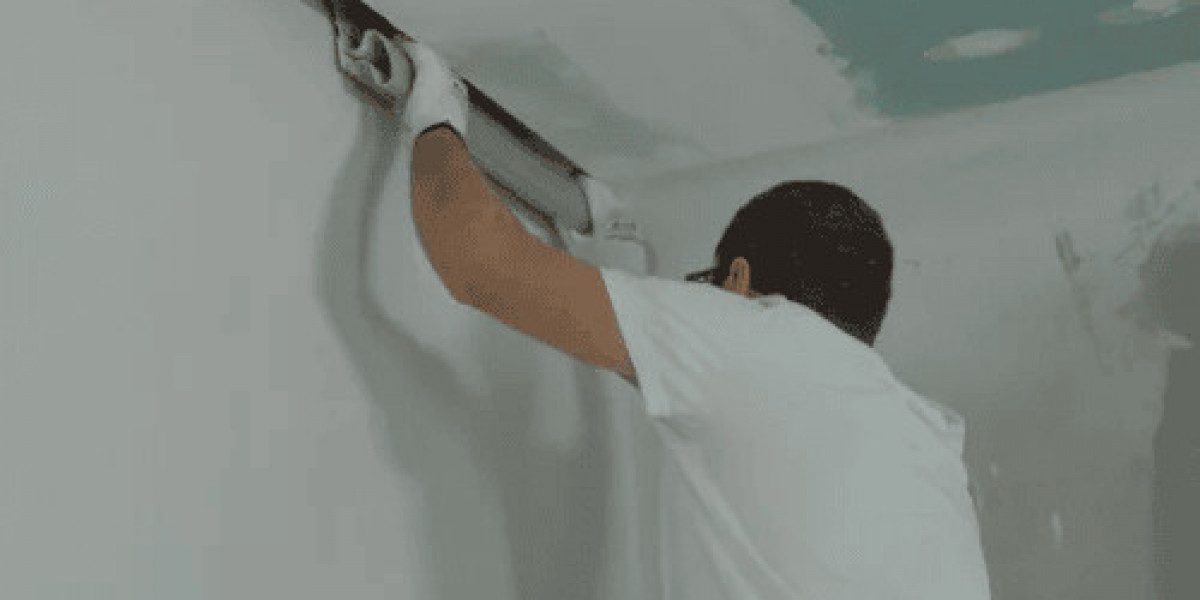Comprehensive Guide to Drywall Painting in Wisconsin
Introduction
Drywall painting is a critical step in the interior finishing process of homes and commercial spaces. In Wisconsin, where home aesthetics blend rustic charm and modern elegance, the right paint job can dramatically enhance a living environment. This article delves into the nuances of drywall painting, offering insights into techniques, materials, and expert advice specific to the state's climate and culture.
Understanding Drywall and Its Importance
What is Drywall?
Drywall, also known as gypsum board or plasterboard, is a building material used for constructing interior walls and ceilings. It typically consists of a gypsum core wrapped in thick paper. Its widespread usage is attributed to its ease of installation, affordability, and ability to provide a smooth surface for painting.
Importance of Drywall in Construction
The role of drywall in construction cannot be overstated. It acts as a crucial barrier against moisture, fire, and sound, contributing to the safety and comfort of building occupants. Properly finished and painted drywall enhances the overall aesthetic appeal of spaces while also providing functional benefits.
The Climate Impact on Drywall Painting in Wisconsin
Seasonal Considerations
Wisconsin experiences a range of climatic conditions—from frigid winters with heavy snowfall to warm summers that can promote humidity. These factors can significantly influence the drywall painting process, which is why selecting the right time of year for your painting project is essential.
Winter: In winter months, indoor humidity levels drop, making it an optimal time for drywall painting. However, heating systems can lead to overly dry air, which may affect paint drying times and adhesion. It’s crucial to monitor indoor humidity levels.
Summer: Summer brings higher humidity levels. This can prolong drying times and affect the finish quality if not properly managed. Utilizing dehumidifiers can help maintain the right conditions for drywall painting.
Choosing the Right Paint for Wisconsin Conditions
In Wisconsin, it’s essential to select paints that can withstand temperature fluctuations and humidity. Here are some tips on choosing the right paint:
Acrylic Paints: Known for their durability and moisture resistance, acrylic paints are ideal for drywall in Wisconsin. They also provide excellent coverage and a smooth finish.
Low-VOC Paints: Opting for low-VOC (volatile organic compounds) paints is beneficial for indoor air quality, especially in spaces like homes and schools where children and families spend time.
Water-Resistant Paints: In areas prone to dampness, such as bathrooms and basements, water-resistant formulations can prevent mold and mildew growth.
Essential Tools and Materials for Drywall Painting
Painting Tools
To achieve a professional finish, having the right tools is crucial. Here’s a list of essential tools for drywall painting:
- Paintbrushes: High-quality brushes for cutting edges.
- Rollers: Paint rollers with various nap lengths to achieve different textures.
- Tray and Liners: For efficient paint application with rollers.
- Drop Cloths: Protect floors and furniture from paint splatters.
- Tape: Painters’ tape to mask edges for clean lines.
- Ladder: For reaching higher walls and ceilings.
- Sandpaper: To smooth out any imperfections on the drywall surface before painting.
Paint Materials
The selection of high-quality paints and primers is equally essential. Here’s what you need:
- Primer: A good primer is crucial for new drywall. It seals the surface, improving adhesion and providing a uniform base for paint.
- Paint: Choose quality paint that meets both aesthetic and durability requirements.
- Additives: Consider additives that can enhance paint performance, such as anti-microbial agents for moisture-prone areas.
Preparing Your Drywall for Painting
Step 1: Inspect the Drywall
Before painting, thoroughly inspect the drywall for any damage or imperfections, such as dents, scratches, or holes. Address these issues before applying primer and paint.
Step 2: Sand the Surface
Sanding the drywall surface helps to smooth out any bumps or imperfections. Use fine-grit sandpaper to avoid scratching the surface excessively. Always wear a mask to protect against dust inhalation during this process.
Step 3: Clean the Surface
Removing dust and debris is essential before painting. Use a damp cloth to wipe down the surface, ensuring a clean canvas for paint application.
Step 4: Apply Primer
Priming the drywall is a non-negotiable step. It not only enhances adhesion but also prevents the paint from soaking into the drywall, leaving you with a true representation of the paint color.
Techniques for Drywall Painting
Choosing the Right Technique
Different techniques can yield various finishes. Here's a breakdown of the most common drywall painting techniques:
- Roller Application: Perfect for large surfaces, rollers help cover vast areas quickly.
- Brush Application: Ideal for edges and detailed work, achieving a precise finish.
- Spraying: Airless spraying offers a smooth and even finish for large spaces, but it requires more preparation and cleanup.
Techniques for Achieving a Professional Finish
- Cutting In: Use a brush to paint around edges and corners where a roller can't reach.
- Rolling: Use a roller for the main wall areas. Ensure even pressure for a consistent finish.
- Second Coat: After the first coat dries, inspect for coverage. A second coat may be necessary for achieving the desired look.
Common Problems and Solutions in Drywall Painting
Bubbles and Blisters
These can occur due to moisture trapped beneath the paint. If this happens, cut away the blistered section, allow it to dry, and repaint.
Streaks and Uneven Coverage
This can result from using low-quality paint or not applying enough paint. Always choose reputable products and apply multiple thin coats for even coverage.
Peeling Paint
Peeling often occurs when paint fails to adhere properly to the surface. Ensure surfaces are clean and primed before painting.
Maintenance of Painted Drywall
Regular Cleaning
Once your drywall is painted, proper maintenance will keep it looking fresh. Dust the walls regularly and clean any stains gently using a damp cloth.
Touch-Ups
Over time, areas may require touch-ups. Keeping extra paint on hand specifically mixed for your color can make this process easy.
The Importance of Professional Drywall Painting Services
While many homeowners may entertain the idea of DIY painting, hiring professionals can guarantee a flawless finish. Here are some reasons to consider professional services:
- Expertise: Professionals have years of experience and know the nuances of drywall painting in Wisconsin.
- Quality Materials: They have access to high-quality materials that may not be available at local stores.
- Time-Saving: Professionals can complete the job much faster, allowing you to enjoy your newly painted space without the hassle of DIY.
Conclusion
Drywall painting in Wisconsin is more than just a cosmetic improvement; it's an essential part of home maintenance and design. Understanding the unique challenges posed by the climate and the historical context of Wisconsin can enhance the decision-making process for homeowners. Armed with knowledge about techniques, products, and the importance of professional services, Wisconsin residents can confidently transform their spaces into beautiful havens. Whether you're refreshing a single room or embarking on a full home renovation, a well-executed drywall painting project promises to breathe new life into your interiors.










